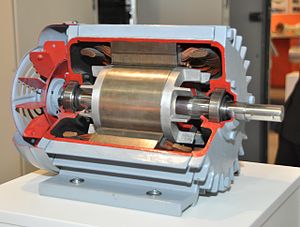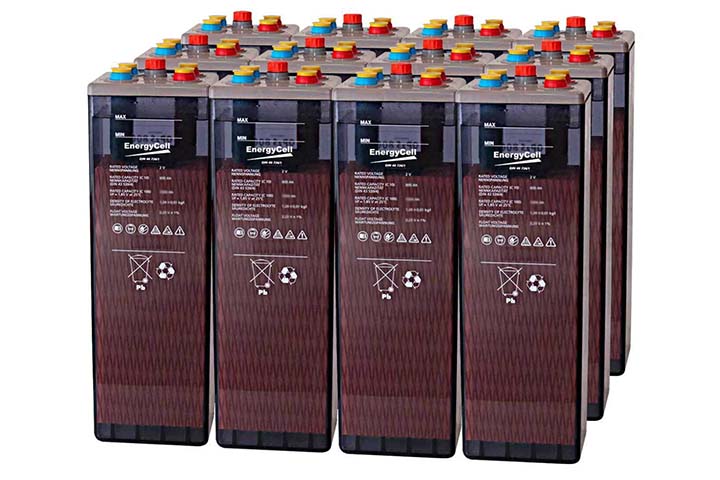Learn more about different types of electric motors
Surely you have heard the name of electric motors many times and you have information about it. In this article, we intend to define and study electric motors in more detail. We will also introduce the different types of electric motors and explain each one separately. Stay with us.
An electric motor is an electrical machine that converts electrical energy into mechanical energy. Most electric motors operate through the interaction between the motor's magnetic field and electric current in a wire winding to generate force in the form of torque applied on the motor's shaft. Electric motors can be powered by direct current (DC) sources, such as from batteries, motor vehicles or rectifiers, or by alternating current (AC) sources, such as a power grid, inverters or electrical generators. An electric generator is mechanically identical to an electric motor, but operates with a reversed flow of power, converting mechanical energy into electrical energy.
Using frequency converters means that the pumps can operate at optimum performance during any unloading conditions, resulting in higher total system efficiency and lower power consumption. When used as a direct drive force, electric motors also increase system efficiency compared with alternative systems.
Dramatic energy and cost savings can be achieved in motor systems by applying the best energy management practices and purchasing energy-efficiency equipment.
Types of Electric Motors
- AC Motors
- DC Motors





Comments
Post a Comment